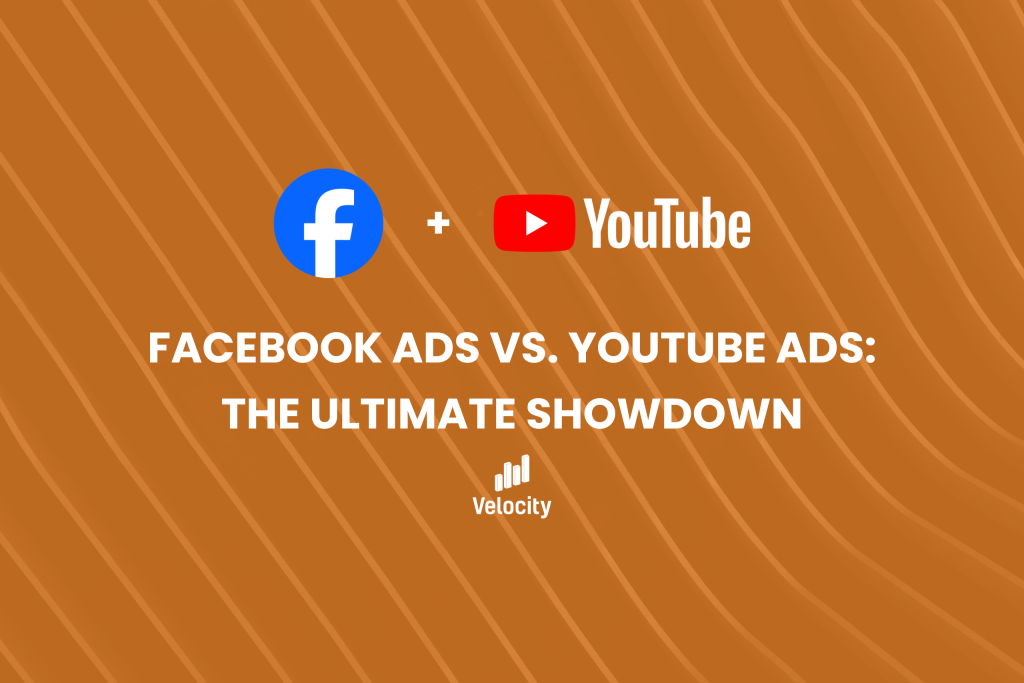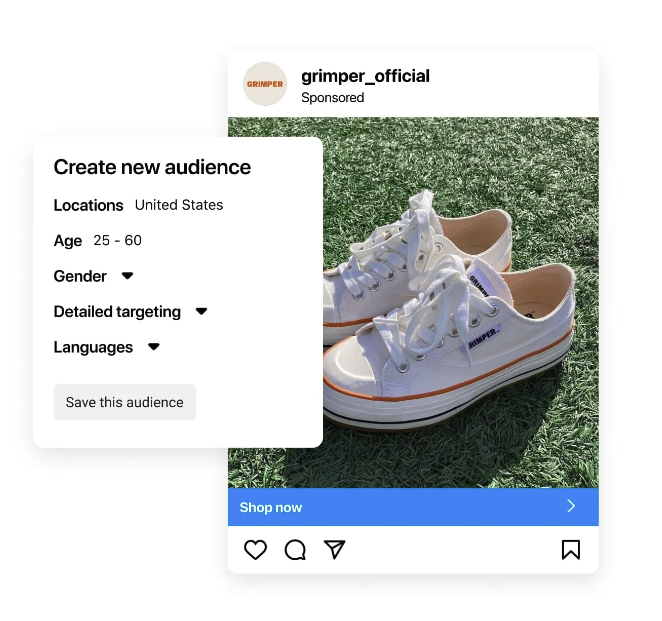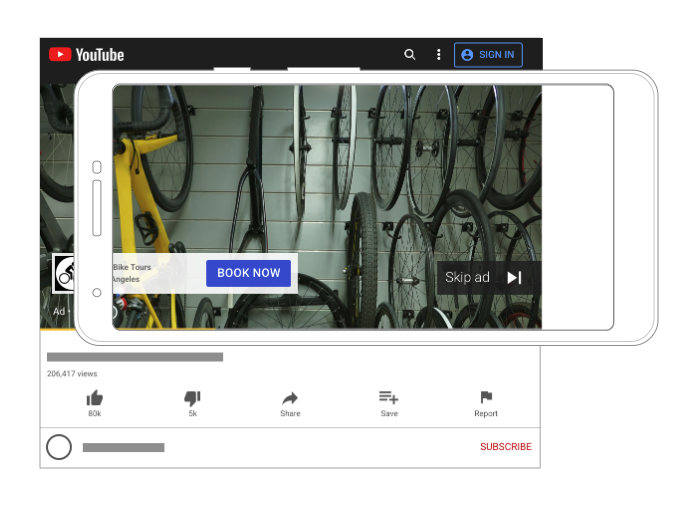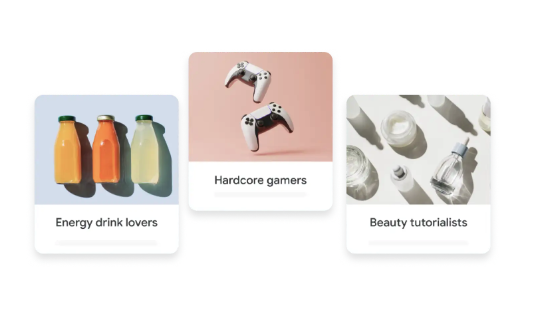Facebook Ads vs. YouTube Ads: The Ultimate Showdown

In today’s digital age, businesses are spoiled for choice when it comes to online advertising platforms. Two of the most powerful and popular options are Facebook Ads and YouTube Ads.
Both offer incredible reach, sophisticated targeting, and various ad formats, but which one should you choose for your business? In this blog post, we will delve into the nuances of each platform, compare their strengths and weaknesses, and help you determine which is the better ad channel for your needs.
Facebook Ads Overview

Facebook Ads have become a cornerstone of digital marketing. With over 2.8 billion monthly active users, Facebook offers unparalleled reach and engagement. Whether you’re a small business or a global brand, Facebook Ads provide a robust platform for reaching your target audience.
Facebook Ad Types
Facebook offers a variety of ad formats to suit different marketing goals:
- Image Ads: Simple and effective, these ads feature a single image and are ideal for driving traffic or engagement.
- Video Ads: These ads are great for storytelling and showcasing products in action.
- Carousel Ads: Allowing multiple images or videos in a single ad, carousel ads are perfect for showcasing different products or features.
- Slideshow Ads: Lightweight video ads created from a series of still images, perfect for slower internet connections.
- Collection Ads: Featuring a cover image or video followed by product images, these ads are designed for mobile shopping experiences.
- Instant Experience (Canvas) Ads: Full-screen experiences that load instantly, providing an immersive way to engage users.
Audience Reach
Facebook’s massive user base ensures that you can reach almost any demographic. The platform’s detailed user data allows for highly specific audience targeting, making it easy to reach your ideal customers.
Targeting

Facebook’s targeting capabilities are second to none. You can target users based on demographics, interests, behaviors, and even life events. Custom Audiences allow you to target existing customers, while Lookalike Audiences help you reach new users similar to your current customer base.
Cost
Facebook Ads operate on a bidding system, and costs can vary based on your targeting, competition, and ad quality. Generally, you can expect to pay:
| Metric | Cost Range* |
|---|---|
| Cost Per Click (CPC) | $0.50 – $2.00 |
| Cost Per Mille (CPM) | $5.00 – $12.00 |
| Cost Per Action (CPA) | $10.00 – $50.00 |
Industry Fit
Facebook Ads are versatile and can work for almost any industry. Whether you’re in e-commerce, real estate, education, or healthcare, you can tailor Facebook Ads to suit your specific needs.
YouTube Ads Overview

YouTube, with its over 2 billion logged-in monthly users, is the world’s second-largest search engine and a prime platform for video advertising. YouTube Ads leverage Google’s robust targeting capabilities, making it an excellent choice for reaching engaged audiences.
YouTube Ad Types
YouTube offers several ad formats, each catering to different marketing objectives:
- Skippable In-Stream Ads: Play before, during, or after a video and can be skipped after 5 seconds.
- Non-Skippable In-Stream Ads: Must be watched before the viewer can proceed to the video.
- Bumper Ads: Short, 6-second ads that are non-skippable.
- Video Discovery Ads: Appear alongside YouTube search results, similar to Google search ads.
- Masthead Ads: Premium placement on YouTube’s homepage, offering massive exposure.
Audience Reach
YouTube’s reach is vast, but it’s particularly strong among younger audiences and people who prefer video content. The platform is ideal for engaging users through storytelling and visual appeal.
Targeting

YouTube Ads benefit from Google’s extensive targeting options, including:
- Demographic Targeting: Age, gender, parental status, household income.
- Interest Targeting: Based on user behavior and interests.
- Custom Intent and Affinity Audiences: Tailored to reach users based on specific behaviors and purchase intent.
- Remarketing: Targeting users who have previously interacted with your videos or website.
Cost
YouTube Ads also operate on a bidding system, and costs can vary widely. Typical costs are:
| Metric | Cost Range* |
|---|---|
| Cost Per View (CPV) | $0.10 – $0.30 |
| Cost Per Thousand Impressions (CPM) | $2.00 – $10.00 |
| Cost Per Action (CPA) | $10.00 – $50.00 |
Industry Fit
YouTube Ads are particularly effective for industries that can produce video content to tell stories or demonstrate products. This includes entertainment, education, e-commerce, and tech.
Pros and Cons of Facebook Ads
Facebook Ads Pros
- Massive User Base: With billions of users, Facebook offers an unparalleled reach.
- Advanced Targeting: Detailed targeting options ensure you can reach your ideal audience.
- Diverse Ad Formats: Multiple ad formats to suit different marketing goals.
- Engagement: High levels of user engagement, particularly for visual content.
- Analytics: Robust analytics and reporting tools to measure ad performance.
Facebook Ads Cons
- Ad Fatigue: Users may become overwhelmed by the volume of ads.
- Privacy Concerns: Increasing scrutiny over data privacy can impact ad effectiveness.
- Cost Variability: Costs can fluctuate significantly based on competition and targeting.
- Complexity: The platform’s complexity can be daunting for beginners.
YouTube Ads Pros and Cons
YouTube Ads Pros
- Massive Reach: Access to a large, engaged audience, particularly for video content.
- Targeting: Benefit from Google’s powerful targeting options.
- Engagement: Video ads tend to have higher engagement rates.
- Brand Awareness: Excellent for building brand awareness and recall.
- Ad Formats: Multiple ad formats, including non-skippable and bumper ads, ensure visibility.
YouTube Ads Cons
- Ad Skipping: Users can skip skippable ads, reducing view rates.
- Production Costs: Creating high-quality video ads can be expensive and time-consuming.
- Ad Avoidance: Some users actively avoid ads by using ad blockers or premium services.
- Competition: High competition for ad space can drive up costs.
Verdict – What’s the Better Ad Channel?
Choosing between Facebook Ads and YouTube Ads ultimately depends on your specific marketing goals, budget, and target audience. Here’s a quick comparison to help you decide:
| Factor | Facebook Ads | YouTube Ads |
|---|---|---|
| Reach | Massive, diverse user base | Large, engaged audience, especially for video |
| Targeting | Highly detailed | Powered by Google’s robust data |
| Ad Formats | Various (image, video, carousel) | Primarily video |
| Engagement | High | Very high for video |
| Cost | Variable, can be high | Variable, generally lower CPV |
| Industry Fit | Versatile | Best for visually appealing industries |
Conclusion: If your business thrives on visual storytelling and video content, YouTube Ads might be the better choice. However, if you need advanced targeting and diverse ad formats, Facebook Ads could be more effective. Ultimately, the best approach may be to test both platforms and analyze which one delivers better results for your specific goals.
By understanding the strengths and weaknesses of each platform, you can make an informed decision and maximize your advertising ROI. Whether you choose Facebook, YouTube, or a combination of both, the key is to stay flexible, continuously monitor performance, and optimize your campaigns for the best outcomes.
Need help advertising on either channel? Get in touch for a free action plan and tactical recommendations. We’d love to chat.
